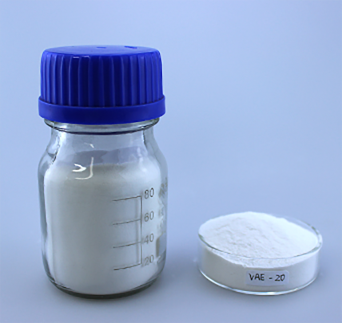
நவ் . 06, 2024 23:45 Back to list
Exploring the Relationship Between HPMC and CMC in Formulation Development
HPMC and CMC Key Players in Modern Pharmaceuticals
Hydroxypropyl Methylcellulose (HPMC) and Carboxymethyl Cellulose (CMC) are two cellulose derivatives that play pivotal roles in the pharmaceutical industry. Both compounds serve as crucial excipients in drug formulation, impacting the efficacy, stability, and delivery of medications. Understanding their properties, applications, and advantages can provide insight into their significance in modern pharmaceuticals.
What are HPMC and CMC?
HPMC is a semi-synthetic polymer derived from cellulose. It is created through the reaction of cellulose with propylene oxide and methyl chloride, resulting in a product with varying degrees of hydroxypropyl and methyl substitution. This unique structure gives HPMC its water-soluble properties, making it an excellent choice for various pharmaceutical applications.
Carboxymethyl Cellulose, on the other hand, is produced by the alkaline reaction of cellulose with monochloroacetic acid. This process introduces carboxymethyl groups into the cellulose chain, enhancing its solubility in water and its ability to form gels. CMC is known for its thickening, stabilizing, and emulsifying properties, making it a versatile ingredient in pharmaceuticals.
.
Both HPMC and CMC are utilized in a wide range of pharmaceutical products, including tablets, coatings, gels, and oral suspensions. HPMC is particularly favored for use in controlled-release formulations. Its gel-forming ability allows for a sustained release of active pharmaceutical ingredients (APIs), ensuring prolonged therapeutic effects. This controlled release mechanism is especially important in chronic conditions where maintaining a stable drug concentration is critical for patient compliance and treatment efficacy.
hpmc cmc

Similarly, CMC serves as a thickener and stabilizer in suspensions and emulsions, ensuring uniform distribution of APIs within liquid formulations. Its ability to improve viscosity is crucial in maintaining the stability of suspensions, preventing sedimentation and ensuring consistent dosing.
Advantages of HPMC and CMC
One of the primary advantages of HPMC is its biocompatibility and non-toxicity, making it safe for use in pharmaceutical applications. Furthermore, it is suitable for use in both vegetarian and vegan formulations, as it is free from animal-derived components. Its versatility also allows it to be incorporated into various dosage forms, from tablets to films.
Similarly, CMC is valued for its safety, biodegradability, and ability to enhance product performance. It can improve the palatability of oral medications by masking unpleasant tastes and can stabilize emulsions in topical creams and ointments. Additionally, CMC's thickening properties help in creating smooth and consistent textures, crucial for consumer acceptance.
Conclusion
In summary, Hydroxypropyl Methylcellulose and Carboxymethyl Cellulose are vital excipients in the pharmaceutical industry. Their unique properties not only contribute to the stability and efficacy of drugs but also enhance patient compliance through improved formulation characteristics. As the pharmaceutical landscape continues to evolve, the role of these cellulose derivatives will remain significant, paving the way for innovative drug delivery systems that cater to the needs of diverse patient populations. With ongoing research and development, the full potential of HPMC and CMC will likely be realized, further advancing the field of pharmaceuticals.
-
Versatile Hpmc Uses in Different Industries
NewsJun.19,2025
-
Redispersible Powder's Role in Enhancing Durability of Construction Products
NewsJun.19,2025
-
Hydroxyethyl Cellulose Applications Driving Green Industrial Processes
NewsJun.19,2025
-
Exploring Different Redispersible Polymer Powder
NewsJun.19,2025
-
Choosing the Right Mortar Bonding Agent
NewsJun.19,2025
-
Applications and Significance of China Hpmc in Modern Industries
NewsJun.19,2025







